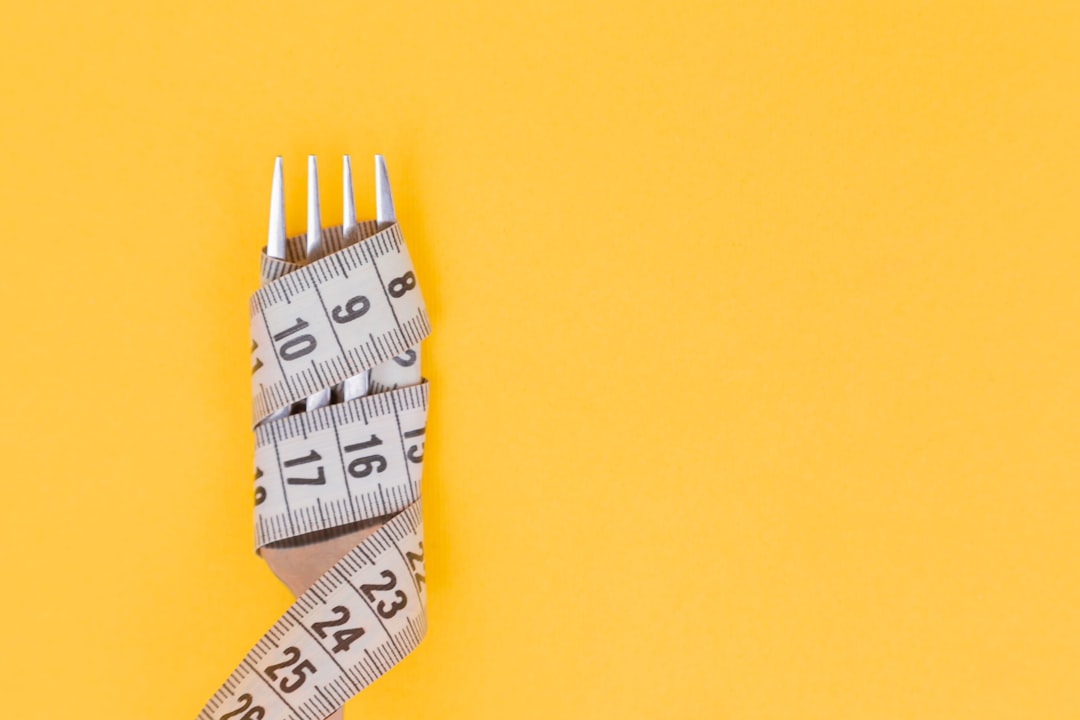Many dream of sculpted abs, often believing endless crunches are the key. However, the truth is far simpler and often overlooked: a visible six-pack is primarily forged in the kitchen, not just the gym. While exercise strengthens your core, it’s your diet that strips away the fat covering those muscles. This article will delve into why nutrition is paramount for abdominal definition, providing actionable strategies to reveal your abs. We’ll explore body fat, essential dietary principles, the role of macronutrients, and common pitfalls to avoid.
The Core Truth: Diet vs. Exercise
The common adage “abs are made in the kitchen” holds significant weight. While core exercises build and strengthen the abdominal muscles, these muscles will remain hidden beneath a layer of subcutaneous fat if your body fat percentage is too high. Think of it this way: you can have the strongest, most developed abs, but if they’re covered by fat, they won’t be visible.
Why Diet Wins
Diet directly influences your body fat levels. To reveal your abs, you need to achieve a caloric deficit, meaning you consume fewer calories than you burn. This forces your body to use stored fat for energy. Exercise contributes to calorie expenditure, but it’s far easier to create a significant deficit through dietary adjustments than through exercise alone. For instance, cutting 500 calories from your daily intake is often simpler than burning 500 calories through intense exercise every day.
Key Takeaway: You cannot out-exercise a poor diet. Fat loss, which is essential for visible abs, is predominantly driven by a consistent caloric deficit achieved through dietary control.
Understanding Body Fat and Abs Visibility
Body fat percentage is the critical metric for ab visibility. There’s no single magic number, as it varies by individual genetics, muscle mass, and fat distribution. However, general guidelines exist.

Target Body Fat Percentages
For men, abs typically become visible when body fat is in the 10-14% range, with a very defined six-pack often requiring under 10%. For women, the range is generally higher due to essential body fat for reproductive health, with abs appearing around 16-20%, and highly defined abs below 16%. These are averages, and individual results may vary. The goal is sustainable fat loss, not extreme deprivation.
Body Fat Percentage Guidelines for Ab Definition
| Category | Men (Body Fat %) | Women (Body Fat %) |
|---|---|---|
| Visible Abs | 10-14% | 16-20% |
| Highly Defined Abs | Below 10% | Below 16% |
Note: These are general guidelines; individual results may vary based on genetics and muscle mass.
Key Dietary Principles for Ab Definition
Achieving a caloric deficit is the cornerstone of fat loss, but the quality of those calories matters immensely.
Caloric Deficit
This is non-negotiable. To lose fat, you must consume fewer calories than your body expends. A deficit of 500-750 calories per day is often recommended for a sustainable loss of 1-1.5 pounds per week. This approach minimizes muscle loss and makes the process more manageable.
Whole, Unprocessed Foods
Prioritize nutrient-dense foods. These include lean proteins, fruits, vegetables, whole grains, and healthy fats. They provide essential vitamins and minerals, promote satiety, and support overall health. Minimizing processed foods, which are often high in sugar, unhealthy fats, and sodium, is crucial.

Portion Control
Even healthy foods can lead to weight gain if consumed in excess. Be mindful of portion sizes to stay within your caloric goals. Using smaller plates, measuring food, or utilizing food tracking apps can be helpful tools for maintaining awareness and control over your intake.
Beyond Calories: Macronutrients and Micronutrients
While calories are king for fat loss, the distribution of macronutrients (protein, carbohydrates, fats) profoundly impacts satiety, muscle preservation, and energy levels. Micronutrients (vitamins, minerals) are vital for metabolic processes.
Protein Power
Protein is crucial for building and repairing muscle tissue, which is vital when you’re in a caloric deficit to prevent muscle loss. It also has a high thermic effect (meaning your body burns more calories digesting it) and promotes satiety, keeping hunger at bay. Aim for 0.7-1 gram of protein per pound of body weight for optimal results during fat loss.
Smart Carbohydrates
Carbohydrates are your body’s primary energy source. Choose complex carbohydrates like whole grains, fruits, and vegetables over refined sugars and processed grains. These provide sustained energy, essential fiber, which aids digestion, and contribute to a feeling of fullness.
Healthy Fats
Essential for hormone production, nutrient absorption, and overall health. Include sources like avocados, nuts, seeds, and olive oil in moderation. Fats are calorie-dense, so portion control is key to ensure they fit within your daily caloric goals.
Hydration and Timing: Overlooked Factors
Often underestimated, proper hydration and meal timing can significantly impact your fat loss journey and overall well-being.
The Power of Water
Staying well-hydrated is critical for metabolism, nutrient transport, and even appetite control. Sometimes, thirst is mistaken for hunger, leading to unnecessary snacking. Aim for at least 8 glasses (around 2 liters) of water daily, increasing intake if you’re active or in a hot climate.
Meal Timing and Frequency
While the total daily caloric intake is most important, distributing your meals throughout the day can help manage hunger and maintain stable blood sugar levels. Some find 3 main meals with 1-2 small snacks beneficial, while others prefer fewer, larger meals. Experiment to find what works best for your lifestyle and hunger cues, focusing on consistency.
The Role of Exercise (It’s Still Important!)
While diet is dominant for revealing abs, exercise plays a crucial supporting role in developing them and maintaining overall health.
Core Strengthening
Specific abdominal exercises like crunches, planks, and leg raises strengthen and hypertrophy the abdominal muscles. This means they grow larger and more defined, making them more prominent once the overlying fat is reduced. Regular core work also improves posture and reduces back pain.
Resistance Training
Building overall muscle mass through resistance training (e.g., weightlifting) boosts your metabolism. Muscle tissue burns more calories at rest than fat tissue, contributing to a higher basal metabolic rate (BMR). This makes it easier to maintain a caloric deficit and sustain fat loss in the long run.
Cardiovascular Exercise
Cardio contributes to your daily caloric expenditure, helping to create or widen your deficit. It also significantly improves cardiovascular health, endurance, and overall fitness. Incorporating a mix of low-intensity steady-state and high-intensity interval training (HIIT) can be effective.
Common Diet Mistakes to Avoid
Even with the best intentions, certain dietary pitfalls can derail your progress towards visible abs.

- Underestimating Calories: Many people underestimate how many calories they consume, especially from sauces, dressings, sugary drinks, and seemingly small snacks. Tracking your intake, even temporarily, can provide valuable insight and highlight hidden calorie sources.
- Over-Restricting: Extreme caloric restriction or overly restrictive diets are unsustainable. They can lead to nutrient deficiencies, muscle loss, metabolic slowdown, and often result in rebound weight gain once the diet ends. Focus on a moderate, sustainable deficit.
- Ignoring Liquid Calories: Sugary sodas, fruit juices, specialty coffees, and alcoholic beverages can add hundreds of empty calories without providing satiety. These are often a major culprit in stalled fat loss.
- Lack of Consistency: Diet is not a short-term fix; it requires consistent effort over time. Slip-ups happen, but getting back on track immediately is crucial. Long-term adherence to healthy eating habits is far more important than occasional perfection.
“The journey to visible abs is less about intense, short-term deprivation and more about consistent, mindful eating habits that become a sustainable lifestyle.”
Further Resources for Your Journey
To deepen your understanding of healthy eating and weight management, consider exploring these reliable sources:
- Harvard Health Publishing: Healthy eating for weight loss: This article provides comprehensive, evidence-based advice on creating a sustainable eating plan for weight management.
- CDC: Healthy Eating for a Healthy Weight: The Centers for Disease Control and Prevention offer practical tips on adopting healthy eating habits for long-term weight control.
- Mayo Clinic: Weight loss: 6 strategies for success: Explore various strategies, including dietary approaches, from one of the leading medical institutions.
Conclusion
Ultimately, achieving visible abs is a testament to consistent dietary discipline. While exercise sculpts and strengthens your core, it’s the strategic reduction of body fat through nutrition that truly unveils your six-pack. Focus on a sustainable caloric deficit, prioritize whole, nutrient-dense foods, ensure adequate protein intake, and stay hydrated. Remember, patience and consistency are your greatest allies in this journey.
What dietary changes have you found most effective in your fitness journey? Share your insights and tips in the comments below!
